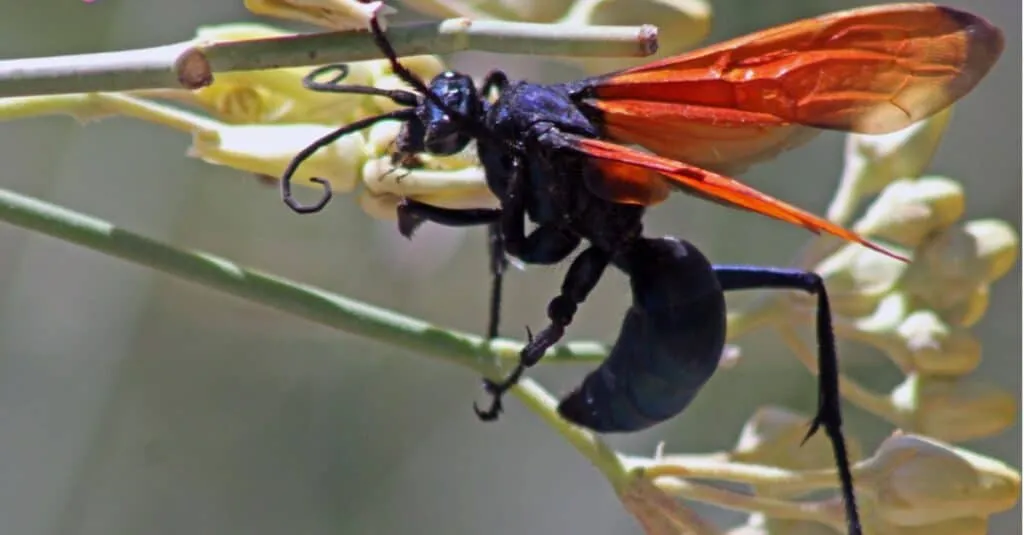What is a Tarantula Hawk?
The tarantula hawk is a large, powerful wasp known for its exceptional size, vibrant colors, and a truly remarkable hunting behavior. It is a member of the Pompilidae family, a group of spider wasps, and is renowned for its practice of preying on tarantulas. These wasps are not only impressive in their physical attributes but also possess a sting that ranks among the most painful in the insect world. Their existence plays a vital role in the ecosystems they inhabit, making them a fascinating subject of study for entomologists and nature enthusiasts alike. Their life cycle, interactions with tarantulas, and the impact of their sting all contribute to the mystique surrounding these formidable insects. Their presence in certain regions serves as a testament to the diversity and complexity of nature’s designs.
Appearance and Identification
Identifying a tarantula hawk can be a thrilling experience for any nature lover. These wasps are instantly recognizable due to their striking appearance. The bodies of tarantula hawks typically range from 1 to 2 inches in length, making them quite large compared to other wasp species. Their most distinctive feature is their bold coloration. Most species exhibit a deep blue-black body contrasted by vibrant, rust-colored wings. This striking combination serves as a warning signal to potential predators. They have a robust build with powerful legs, well-suited for their hunting tactics. Their antennae are long and sensitive, aiding in the detection of prey and the environment. The physical attributes are perfectly adapted to their lifestyle and the challenges they face in their natural habitat, making them a remarkable example of natural adaptation.
Size and Features
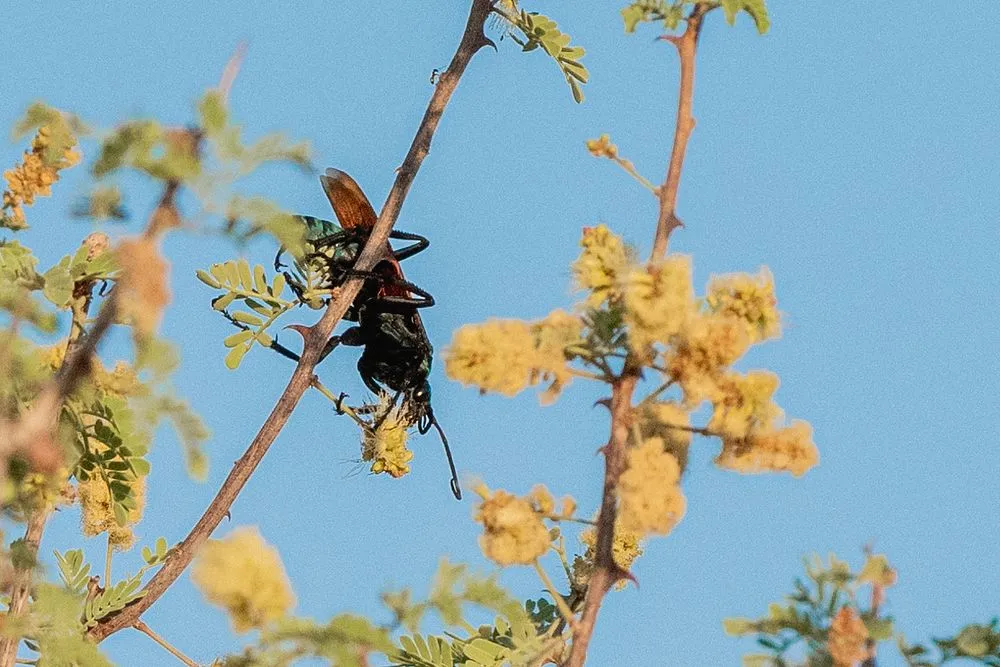
As mentioned, tarantula hawks are among the largest wasps in the world. Their size allows them to effectively handle the hefty tarantulas they prey upon. Their robust bodies are designed to withstand the struggles that occur during hunts and the process of carrying the paralyzed spider to their nest. Strong mandibles enable them to manipulate and transport their prey. The powerful legs are equipped with sharp claws, offering a secure grip on both the tarantula and surfaces. These physical features are not just aesthetic but are critical to the survival and success of tarantula hawks within their ecological niche. Their size and features are a testament to the power of adaptation.
Color Variations
While the classic blue-black body and rust-colored wings are typical, some variations in color exist among different species of tarantula hawks. Some may display wings with slightly different shades of orange or red. Body coloration can also vary, with some species exhibiting more metallic hues. These color variations are primarily a result of genetic differences between populations, and the specific environments they inhabit can influence these adaptations. The colors also may play a role in species recognition, both for the wasps themselves and for potential predators. Despite these variations, the striking contrast of colors is a universal trait, making identification relatively straightforward.
Habitat and Distribution
Tarantula hawks are primarily found in the southwestern United States, parts of South America, and other warm regions. They thrive in environments that support their prey, the tarantula. These environments commonly include arid and semi-arid landscapes, such as deserts, scrublands, and open woodlands. Their wide distribution across these diverse terrains indicates their adaptability and ability to establish themselves in different ecological niches. The availability of tarantulas and suitable nesting sites greatly influences their geographical distribution, as well as their reproductive success. The ecological requirements of these wasps are relatively specific, meaning their presence is indicative of a balanced ecosystem.
Where They Live
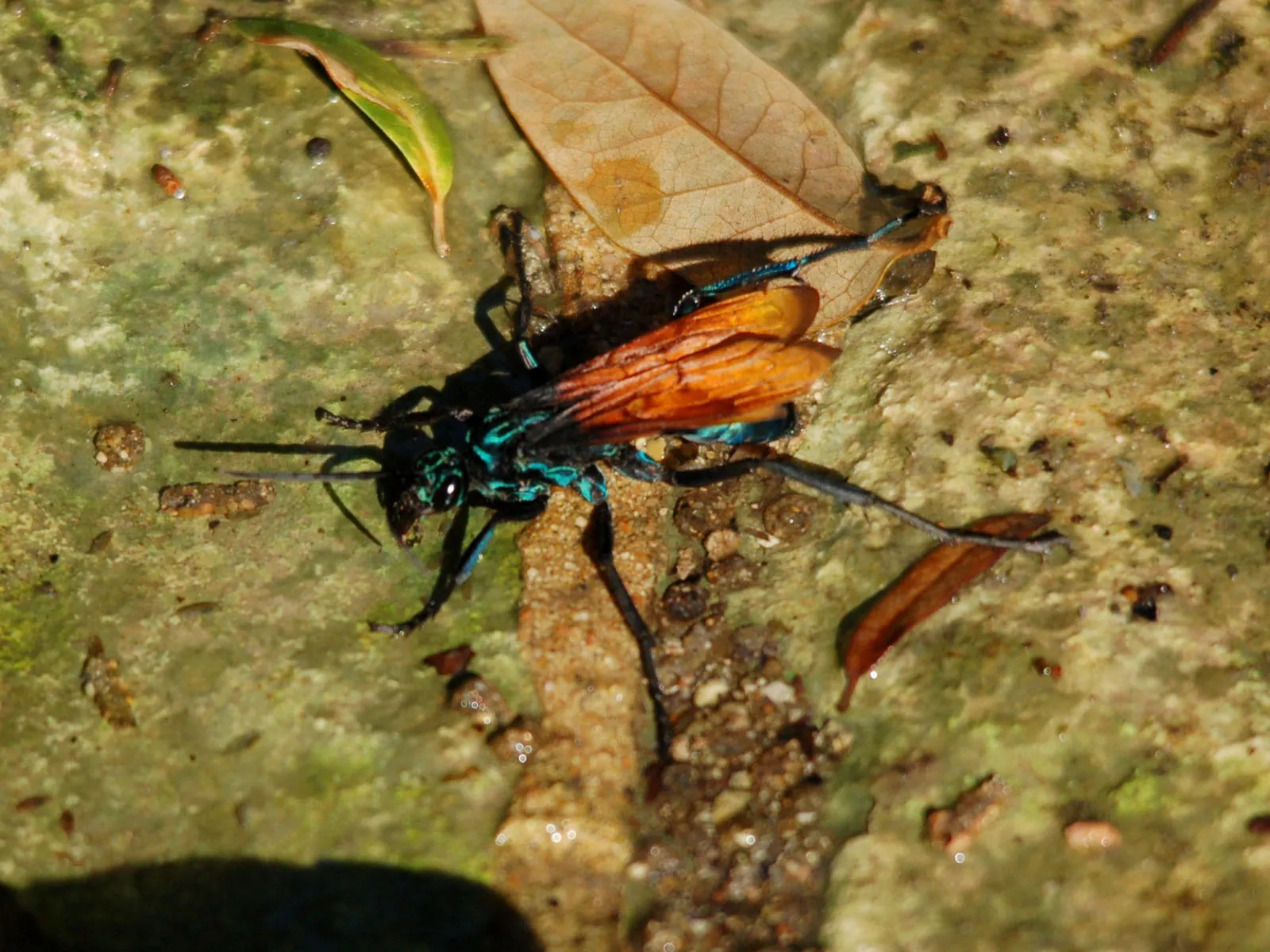
Tarantula hawks are solitary wasps, so they do not form social colonies like bees or some other wasps. They live and hunt individually, creating nests where they can safely rear their young. Nests are often located in burrows in the ground or in pre-existing cavities. The wasps prefer well-drained soil, which is a common characteristic of the regions where they thrive. This preference ensures their nests are protected from flooding and provides a stable environment for their larvae. The location of a tarantula hawk nest is of significant importance to its survival and the success of its life cycle. The strategic placement of the nest offers protection from predators while still remaining close to hunting grounds. Their independent lifestyle allows them to adapt to a variety of conditions.
Common Habitats
Common habitats for tarantula hawks include deserts, scrublands, and grasslands. These areas provide both the necessary resources for their lifecycle and ample hunting opportunities. The presence of tarantulas is, of course, essential. The wasps are often found near areas where tarantulas are known to burrow or reside, such as under rocks, near shrubs, or in other protected locations. These habitats also offer suitable nesting locations for the wasps. The availability of water and other resources is also vital for their survival. The careful selection of habitats by these wasps highlights their specialized needs and their intricate connection to their environment. Understanding their preferred habitats can provide valuable insight into their ecological role and behaviors.
Tarantula Hawk Behavior
The behavior of a tarantula hawk is a fascinating display of predatory prowess and complex instincts. Their hunting strategy is particularly intriguing. These wasps are formidable hunters with a unique method of subduing their prey. Their life cycle is intricately linked to the tarantula, making their interactions a central part of their behavioral repertoire. From hunting and paralyzing their prey to the construction of their nests and the care of their offspring, every behavior is a testament to their specialized adaptations and their critical place within their ecosystem. Their behavior is an interesting combination of aggression, precision, and maternal care.
Hunting and Paralyzing Tarantulas
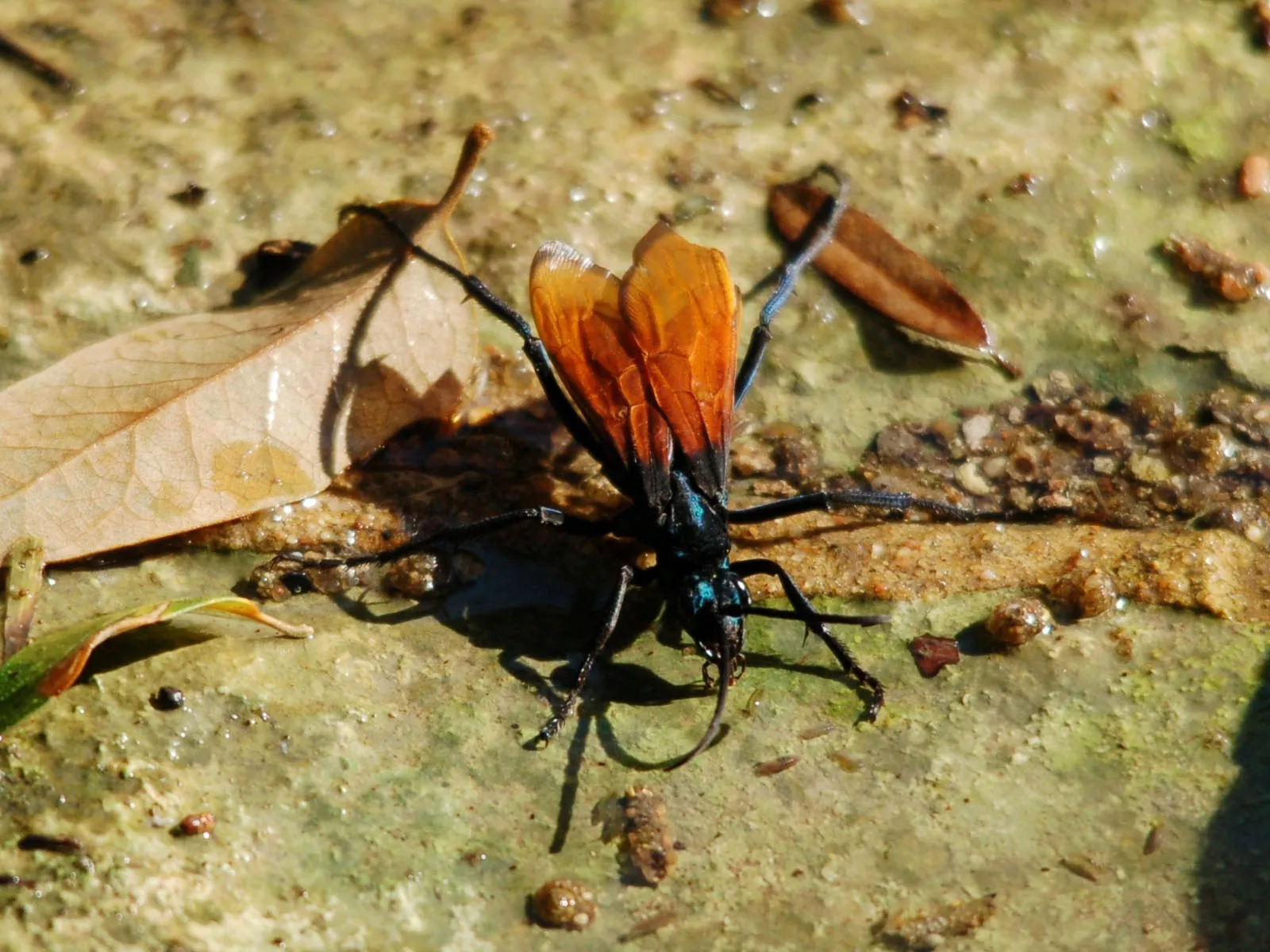
The hunt begins when the tarantula hawk locates a tarantula, often within its burrow or in its vicinity. The wasp, being significantly smaller, must employ a strategic approach to overcome its much larger prey. The wasp will initiate an aerial attack, employing stinging to paralyze the spider, which is an extraordinary display of precision and control. The wasp then drags the paralyzed tarantula back to its nest. This process is often quite a feat, as the wasp must maneuver the tarantula through difficult terrain. The wasp’s choice to sting and paralyze the spider rather than kill it highlights the wasp’s purpose to keep the spider alive to provide a meal for its offspring. The precision of the wasp’s actions indicates a highly specialized and effective hunting strategy.
The Stinging Process
The stinging process is a critical element of the tarantula hawk’s hunting strategy, and is what it is most well-known for. The female tarantula hawk will carefully position itself, usually on the underside of the tarantula, and deliver a precise sting. The venom injected through this sting serves a crucial purpose; it paralyzes the tarantula, preventing it from escaping or fighting back. The sting is targeted at the spider’s nerve center, which delivers the most effective and rapid results. While the sting can be incredibly painful, the tarantula usually survives, at least long enough to be used as a host. The sting is not designed to kill the tarantula but to immobilize it. The precision of the sting is a critical skill which has evolved over generations. The precision of the sting is a display of refined adaptation.
Life Cycle and Reproduction
The tarantula hawk’s life cycle is a complex process, with each stage playing a significant role in their survival and reproductive success. The cycle starts with the adult wasp, which mates and then searches for a tarantula to serve as a host for its eggs. The wasp lays a single egg on the abdomen of the paralyzed tarantula. The egg hatches and develops into a larva, which feeds on the tarantula. The larva then pupates within a cocoon, eventually transforming into a fully formed adult wasp. Understanding the life cycle provides an insight into their behavior and how they impact their ecosystem. Their reproductive processes are completely dependent on their ability to locate and subdue tarantulas.
The Egg and Larva Stage
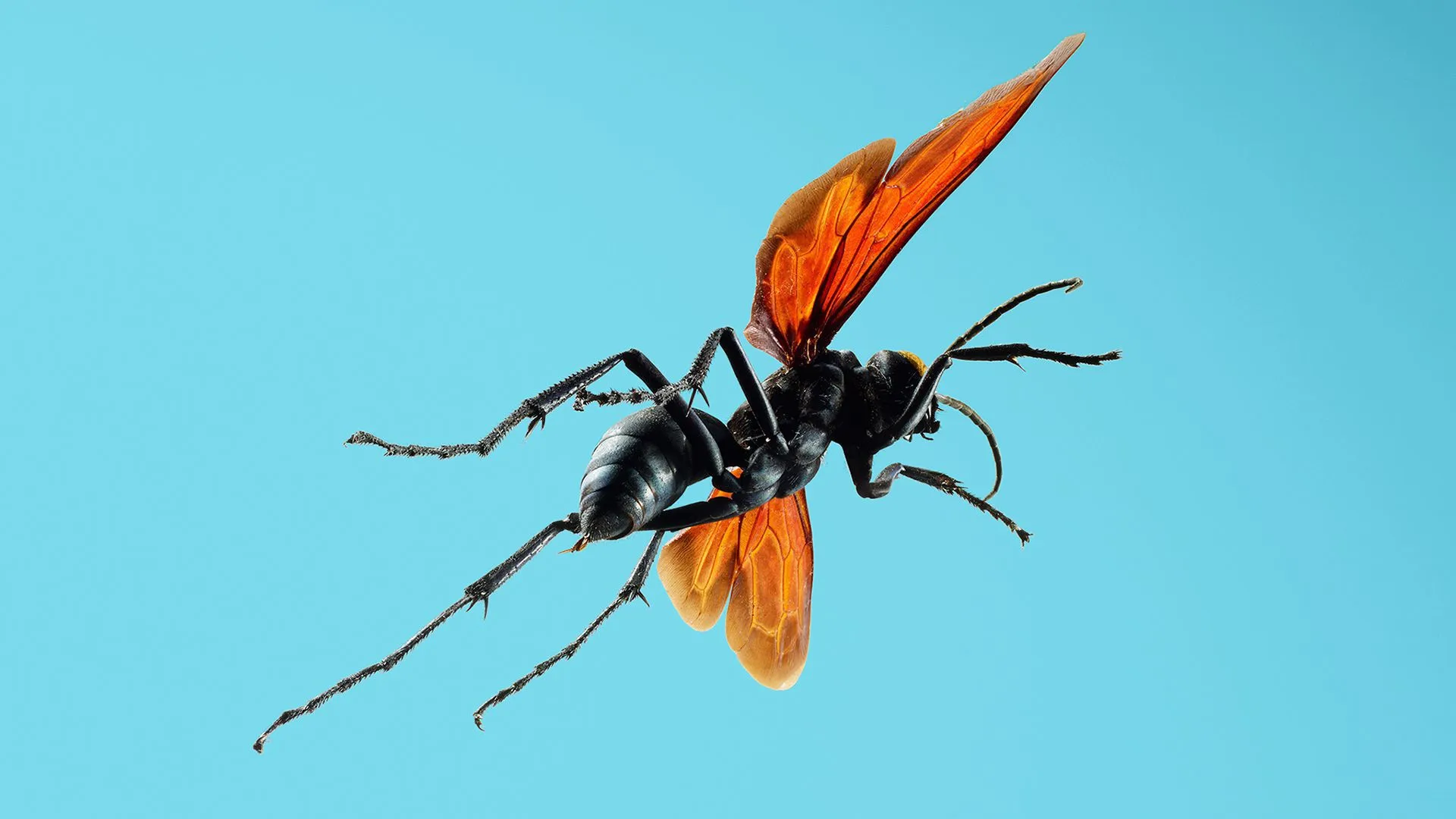
Once the tarantula is paralyzed, the tarantula hawk lays a single egg on the spider’s abdomen. This egg is small and oval and is carefully placed to ensure the larva has direct access to its food source. After hatching, the larva begins to feed on the paralyzed tarantula. Initially, the larva consumes the less vital parts of the spider, ensuring the tarantula remains alive as long as possible. This approach provides a fresh food source for the developing larva. The larval stage is a period of rapid growth, and the larva molts several times as it grows. The larva grows until it is ready to transform into a pupa.
Pupation and Metamorphosis
After consuming the tarantula, the larva spins a cocoon, often inside the burrow where the tarantula was found. Inside the cocoon, the larva undergoes metamorphosis, transforming into a pupa. During this pupal stage, the internal structures of the larva are completely reorganized into the adult form. The pupa resembles the adult wasp but is encased in a protective shell. This phase can last for several months, depending on environmental conditions. Once the metamorphosis is complete, the adult wasp emerges from the cocoon, ready to mate and begin the cycle again. The process highlights the remarkable transformation and the complex adaptations of the tarantula hawk.
Tarantula Hawk Sting
The tarantula hawk’s sting is infamous for its excruciating pain, often described as among the most painful in the insect world. While the sting itself is not usually life-threatening to humans, the intense pain can be debilitating, lasting for several minutes. The venom is a complex mixture of compounds designed to rapidly paralyze the tarantula. The pain is a neurotoxic effect that affects the nervous system. Although the sting is very painful, the wasp itself is not aggressive and will only sting if provoked or threatened. Because of the extreme pain, it’s important to exercise caution when encountering these insects and maintain a safe distance.
Pain Level and Effects
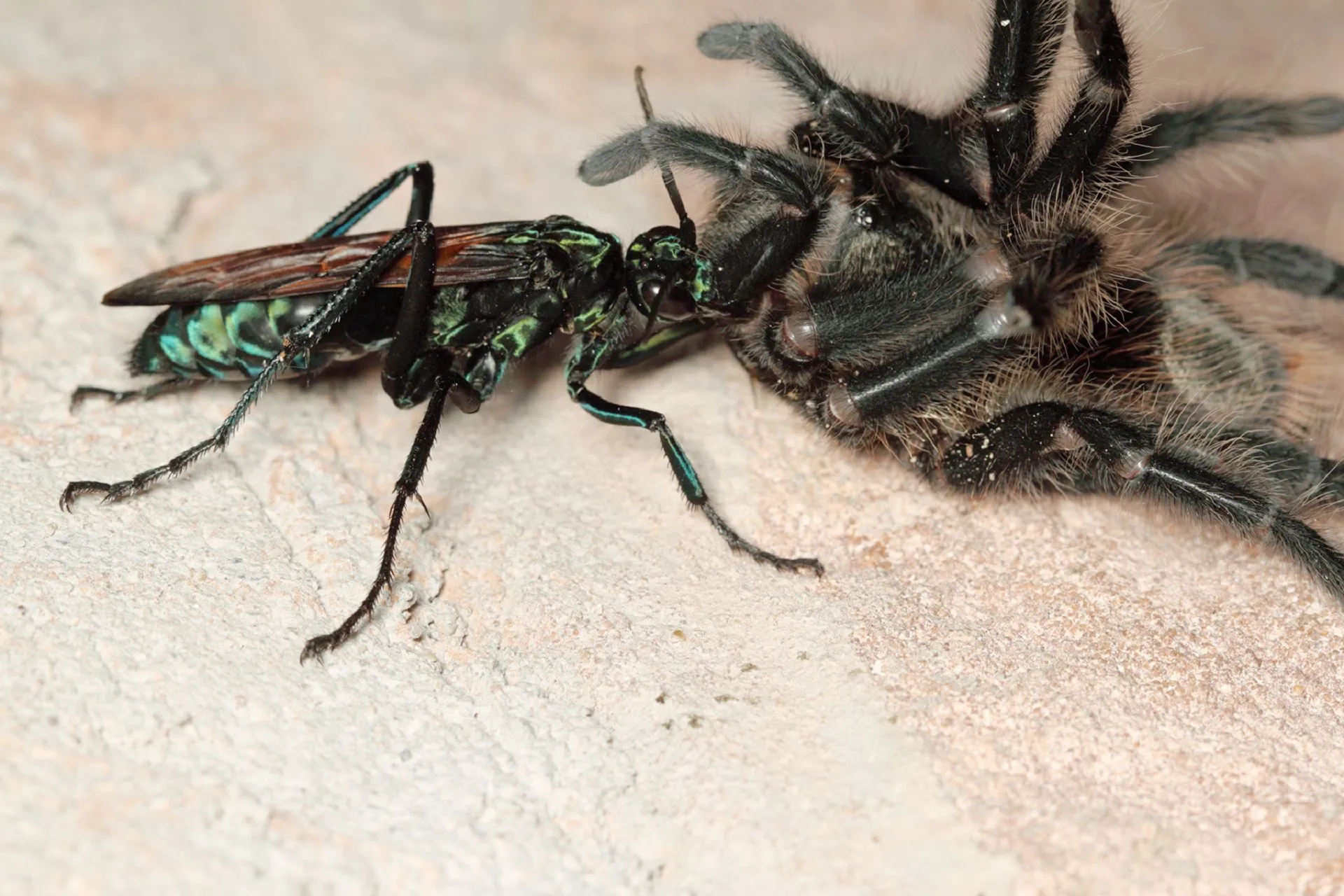
The pain from a tarantula hawk sting is severe, often described as an immediate and intense wave of agony. The pain can be so intense that it is difficult to think or function. The effect of the sting is primarily neurological. The pain is caused by a potent mixture of toxins which impacts the nervous system. The immediate effects include intense localized pain, which can spread across the affected area. While the pain subsides within minutes, it can leave the individual disoriented. The intensity of the pain and its rapid onset make the tarantula hawk sting one of the most dreaded experiences in the natural world.
Treatment and First Aid
If stung by a tarantula hawk, it’s important to remain calm and seek immediate first aid. The primary goal is to minimize the impact of the venom and manage the pain. First, carefully remove the stinger if it remains embedded in the skin. Wash the sting area with soap and water. Applying ice packs can help reduce swelling and discomfort. Over-the-counter pain relievers can help to manage the pain. It’s important to observe for any signs of allergic reaction, such as difficulty breathing or swelling, and seek immediate medical attention if these symptoms occur. The sting of a tarantula hawk is a painful experience, but with appropriate treatment, the effects can be managed.
Conservation and Threats
Understanding the conservation status of tarantula hawks and the threats they face is critical to ensuring their continued survival. These insects play a vital role in their ecosystem. Several factors threaten their populations. They are subject to threats from natural predators, habitat loss, and climate change. Conservation efforts should focus on protecting their habitat and monitoring population trends. Their ability to thrive is essential for the biodiversity and balance of the ecosystems they inhabit. It is important to be aware of their threats to preserve the role they play in their natural environment.
Natural Predators and Threats
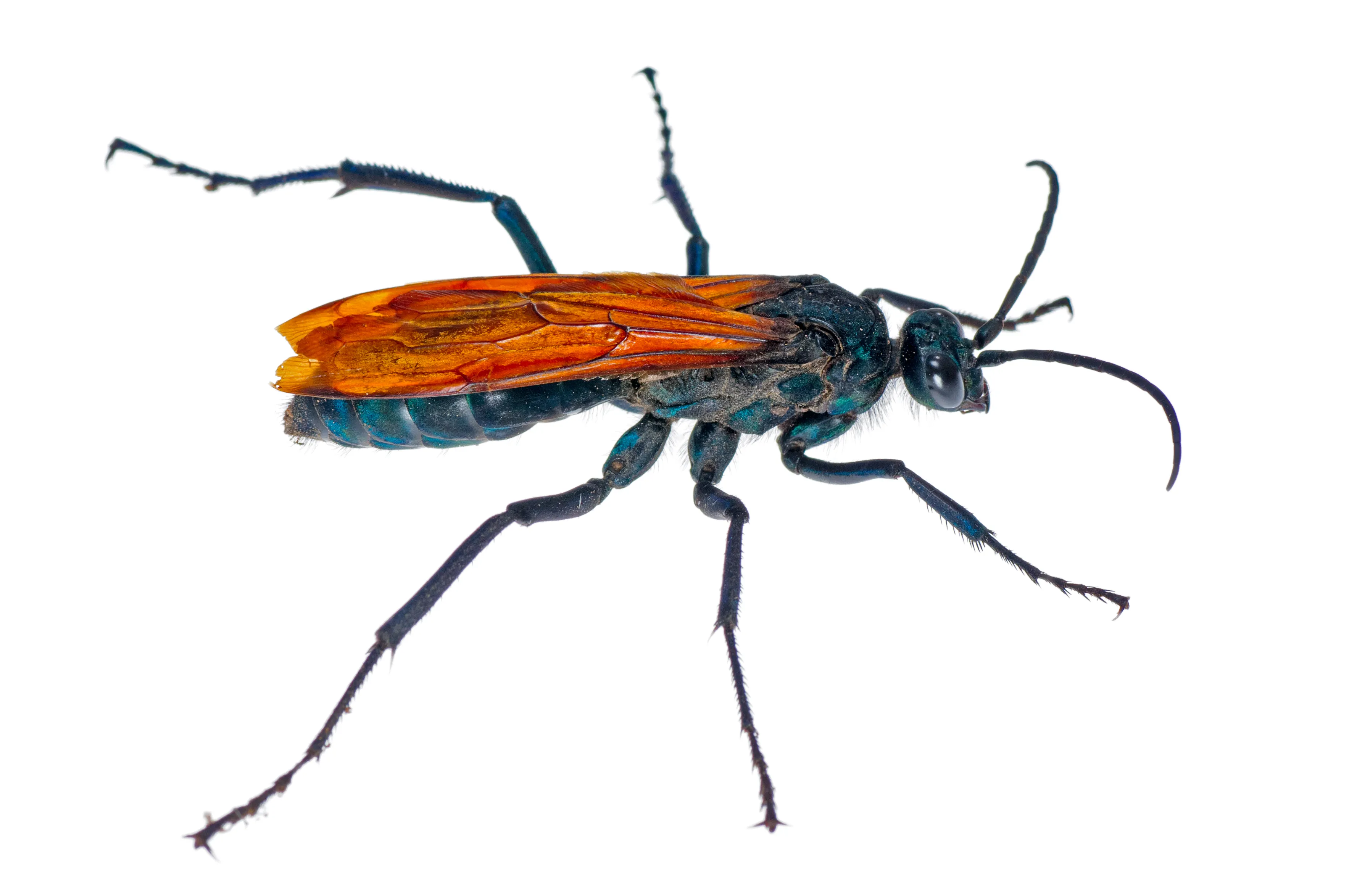
Tarantula hawks, despite their formidable sting, are subject to predators and other threats in their natural environments. They are vulnerable to birds, especially during their flight. Larger animals may also accidentally step on them or disturb their nests. Habitat loss and degradation are significant threats, as their existence is dependent on the presence of tarantulas and suitable nesting sites. Climate change and the consequent shifts in temperature and rainfall patterns may also affect their habitat and prey. The use of pesticides in certain areas can also impact the population. A number of threats can negatively affect their survival and distribution.
Conservation Status
The conservation status of tarantula hawks varies by species and region. They are not generally considered endangered or threatened. However, localized population declines can occur due to habitat loss or other factors. Efforts to protect their habitat and promote conservation practices are essential to maintaining the health of their populations. Continued monitoring and research are needed to understand the long-term impacts of various threats, and to implement effective conservation strategies. Conservation efforts can ensure the well-being of these remarkable insects.
Conclusion
Tarantula hawks are among the most impressive and captivating insects on the planet. Their remarkable size, vibrant appearance, and complex hunting behaviors make them a wonder of nature. Their sting is legendary for its intense pain, which highlights the power and adaptations of these formidable creatures. Their significance in the ecosystem is undeniable, and their existence contributes to the complexity and balance of the environments they inhabit. By understanding their behaviors, habitats, and the challenges they face, we can appreciate and protect these fascinating creatures. The tarantula hawk is an excellent reminder of the marvels of the natural world.
